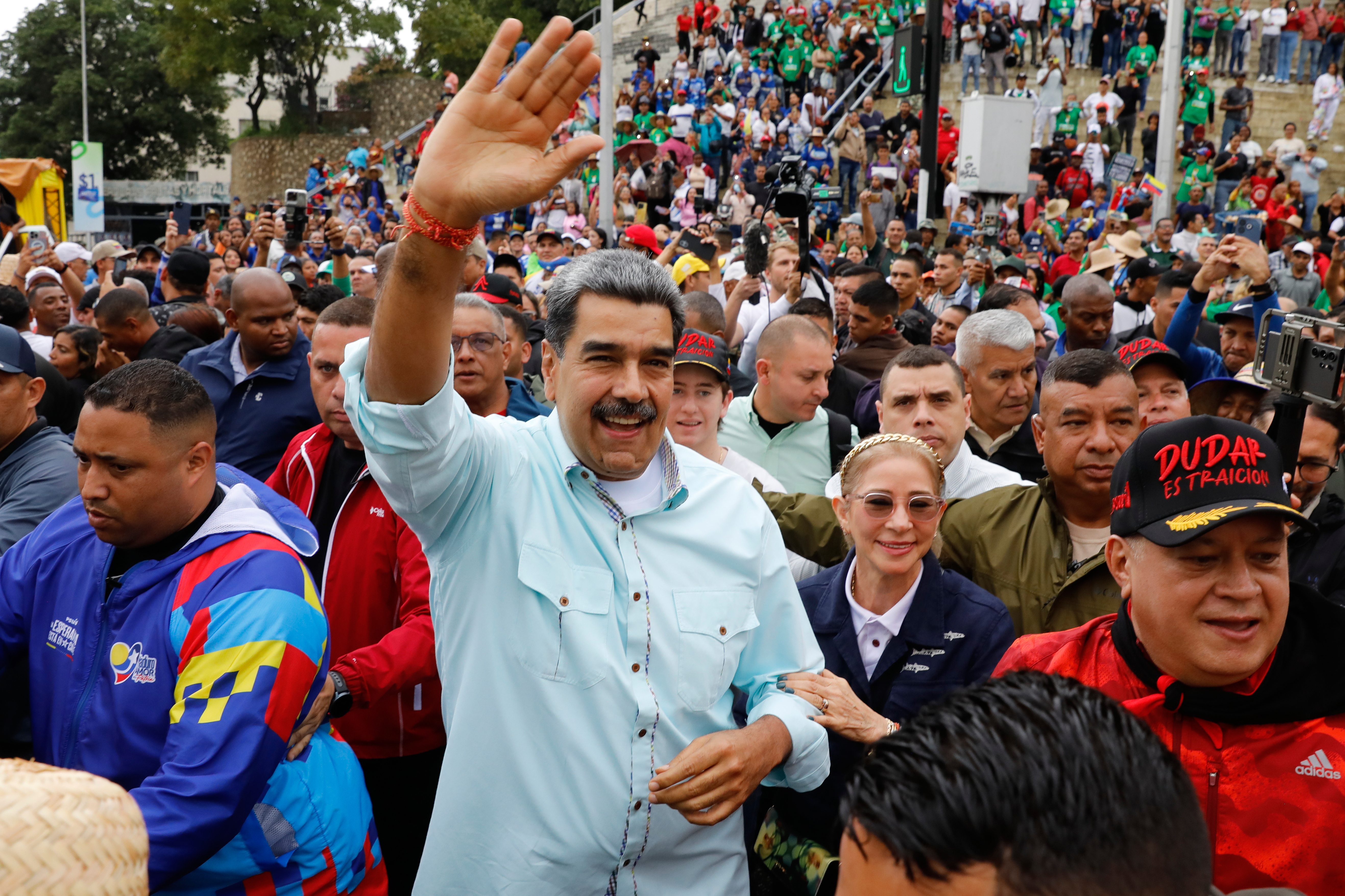Updated COVID Omicron boosters are here. The CDC and FDA OK'd the new formula last week.
"I think they're coming because people want to keep them coming. I don't believe in them, but do what you gotta do," Arizona resident Jim Cave said.
"I already got the first one. I've gotten all my vaccines to date. I just want to keep everyone healthy," Arizona resident Melanie Crouch said.
The emergency-authorized formula change targets the highly contagious Omicron BA.4 and BA.5 variants. CDC data shows about 90% of U.S. COVID cases are BA.5.
Anyone at least 2 months past their last COVID-19 shot is eligible. Moderna's is authorized for those age 18 and older. For Pfizer and BioNTech's it's 12 and up.
Health experts say it's to get ahead for the end of the year when more people are inside.
"Every year, beginning right after Thanksgiving, we have a terrible time with COVID, where we have the bulk of the hospitalizations and death. But these vaccines, we hope, are going to blunt whatever we might experience this winter," said UC Berkley Clinical Professor Emeritus Dr. John Swartzberg.
Experts say we're entering a new phase where a COVID vaccination process will resemble something like a flu shot.
The recommendations are each year that we get a flu shot. But what's in that flu shot will change each year. There's an expert committee that looks at that and determines what they think the most common strain will be. That's in communities. And it's not until halfway through the flu season that we know how good that vaccine is. We're in a similar situation here with this with this COVID booster.
Much of the CDC's role is the small details of vaccinations: Labels on the vaccines or the colors of the caps so providers don’t confuse them.
One example-you may have noticed the old formula from Pfizer had purple caps on the vials. The new ones have gray.
It comes as federal funding for buying and sending out the vaccines is running dry.
Health and Human Services says over the next six months, they're transitioning to where Americans will pay for their COVID vaccinations. They have about 170 million doses to distribute before January 2023. That means, if you want to get a COVID booster, look to get it sooner rather than later.




 The FDA Has Authorized New Omicron Booster Shots
The FDA Has Authorized New Omicron Booster Shots






